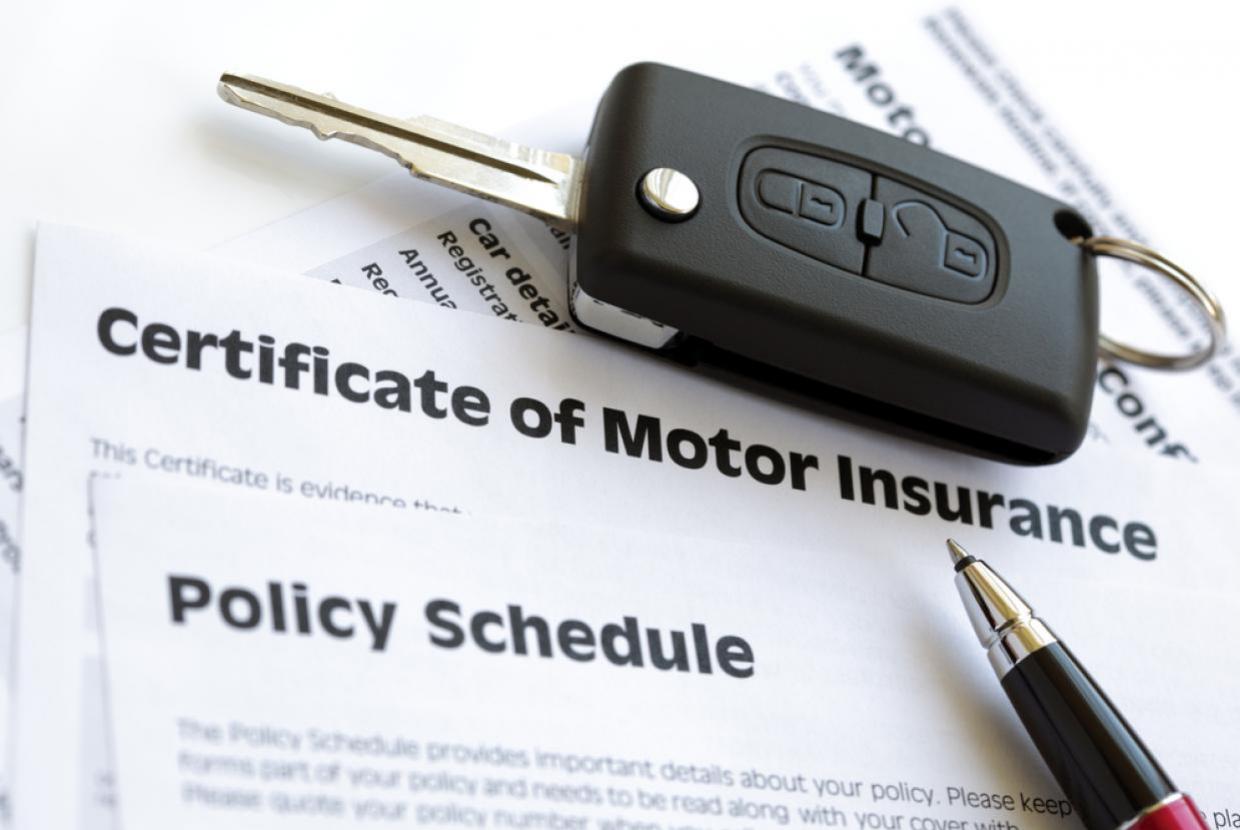Contents Insurance
If items in your home are stolen, lost or damaged, contents insurance should give you the money to help put things right. Here’s all you need to know.
How does contents insurance work?
If something goes wrong, like a burglary, leak or fire, you can make a claim to the insurer for any items that are damaged, lost or stolen. They’ll then check if your situation is covered and work out how much money they’ll give you.
You’ll usually need to pay a bit of the claim yourself – known as an excess – which is typically between £50 and £1,000. You choose this amount when you take out a policy.
What contents insurance covers
If you tip your home upside down, contents insurance typically covers everything that falls out, including fitted carpets.The exact cover varies between insurers and policies, but most will help pay for repairs or replacements due to:
theft
fire
flood
loss.
You can also pay extra to include cover for:
items lost or stolen outside of the home, including overseas
high-value items
accidental damage.
What contents insurance doesn’t cover
Most insurance policies won’t cover things like:
normal wear and tear
deliberate damage
damage to a computer caused by a virus.
You’d need to fund these repairs yourself, so it’s worth opening a savings account to help cover any emergency costs. To protect the structure of your home such as the walls, roof, and fixtures like fitted kitchen cupboards or your bathroom, you’ll need buildings insurance.
Contents insurance is optional, but sensible
Unlike buildings insurance, which can be a requirement of taking out a mortgage, it’s up to you whether you get contents insurance.
But without it, you’d have to cover the costs yourself if something went wrong – which could be thousands of pounds.
Homeowners usually need both buildings and contents insurance
If you own your home, you’ll likely want a policy to cover both the structure and your belongings. If you have a mortgage or own a leasehold home, you’re usually required to have buildings insurance as a minimum.
Renters would only need contents insurance
Buildings insurance is your landlord’s responsibility. But if you want cover for your belongings, you’ll need to get contents insurance.
Only get insurance if you can afford it
To work out if you can afford a policy, use our free and easy to use Budget Planner.
If you’re already struggling with other bills, see our Bill prioritiser or our Debt advice locator tool if you’ve already missed a payment.
How to work out how much cover you need
When getting a contents insurance quote, you’re usually asked how much it would cost to replace the entire contents of your home. This works out the cover limit you’ll need – the maximum amount an insurer would pay out.
You can get policies with unlimited cover, but these are usually more expensive and you could pay for cover you don’t need.
Use a free contents calculator
To estimate how much it would cost to replace your belongings, you can use a free calculator.
Most insurers have them, but here are two to try:
- Confused.com’s contents insurance calculator
- GoCompare’s contents calculator
Single item limits
Many policies will have a single item limit, often around £1,500. If you want full cover for anything that’s worth more than this amount, such as jewellery, you’d usually have to list the expensive item(s) on the policy.
Tips to get cheap contents insurance quotes
Insurers must charge new and existing customers the same, but always check if you can save by switching insurers. Never just auto-renew.
Here are other tips to get cheaper quotes:
- Buy buildings and contents on one policy, if you need both.
- Pay annually if you can, it normally costs more to pay monthly.
- Increase the excess – if you’re happy paying more of any claim cost yourself.
- Improve your home’s security, such as installing:
- BSI-approved locks on outside doors and windows
- burglar and smoke alarms
- Join a neighbourhood watch scheme.
It’s also worth checking what cover you already have. For example, some packaged current accounts include cover for mobile phones and gadgets.
Check if your council or housing association offers a discounted policy
If you rent from your council, local authority or housing association, check if they offer a special contents policy for residents. They might have made a deal with an insurer to offer cheap cover. You’ll usually either pay the insurer directly or the cost could be added to your normal rental payment.
Either way, always check the level of cover it offers and if you could get cheaper or better cover yourself. For example:
- how much you’d need to pay if you made a claim (called an excess)
- what items in your home are covered, like cash or the contents of your freezer
- if there are any maximum claim limits.
Build a no-claims discount
If you don't make a claim during a policy year, you’ll earn a ‘no-claims bonus’. This typically means you’ll get a discount for the next year – up to a maximum amount set by the insurer.
How to get contents insurance quotes
Insurers can charge completely different prices, so always aim to get as many quotes as possible.
You can get insurance quotes from:
- comparison sites – enter your details once to get quotes from many insurers
- insurers directly – not all insurers appear on comparison sites, such as Direct Line
- your council, local authority or Housing Association – if you rent from them, they might offer a cheaper deal than you can find elsewhere
- insurance brokers – for advice or a tailor-made policy.
Don’t skimp on cover if you can afford to, the cheapest deal is not necessarily the best. Make sure you get the right policy, even if it costs a few pounds more if you really need it.
Mistakes on a quote can mean a claim isn’t paid
Be careful when completing forms, an error or missed information could mean a future claim isn’t paid. You’re required to act in good faith, so make sure you:
- answer questions honestly and accurately
- understand what is and isn’t covered before signing up – ask the insurer or broker if you’re not sure
- tell your insurer if anything changes – such as buying a new expensive item, a change in personal details or if you need to increase the cover limit.
Help if you can’t afford a policy
If you’re struggling to find an affordable policy, try these steps to increase your income:
- Use our Benefits Calculator to see if you qualify for any support.
- Use our free and easy-to-use Budget Planner to review your income and spending.
- See if you can cut any costs like:
- cancel subscriptions or services you don’t use, or could live without
- see if you qualify for cheaper low-income social tariffs for gas and electricity
- check if you qualify for a Council Tax or Rates discount
- check if you can save by switching providers, like internet and mobile
- if you pay credit card interest, consider moving it to an interest-free balance transfer card
- see if you can get cheaper water bills with a water meter (in England and Wales).
When cancelling, always check the terms of your contract as you might have to pay a fee to leave early. If you’re already struggling with other bills, don’t take out a new insurance policy. Instead, see our Bill prioritiser or our Debt advice locator tool if you’ve already missed a payment.
How to cancel a contents insurance policy
You can ask your insurer to cancel your policy at any time, but there are a couple of things to be aware of:
- you won’t earn the current year’s no-claims bonus if you cancel midway through
- you’ll usually have to pay a cancellation charge, unless you’re:
- at renewal, or
- within the cooling off period (typically the first 14 days) and haven’t claimed.
If you’ve paid upfront and haven’t made a claim, you’ll receive a refund for the remaining months – minus any cancellation fees.
Ask your insurer for help if you’re struggling to pay
If you’re considering cancelling due to cost or affordability, it’s important not to cancel insurance you need – or miss a payment. Instead, contact your insurer and tell them you’re struggling.
Insurers must support customers in financial difficulty, so they’ll explain your options and ways they can help. For example, they could set up an alternative repayment plan or adjust your cover to match your needs and lower the cost.









































